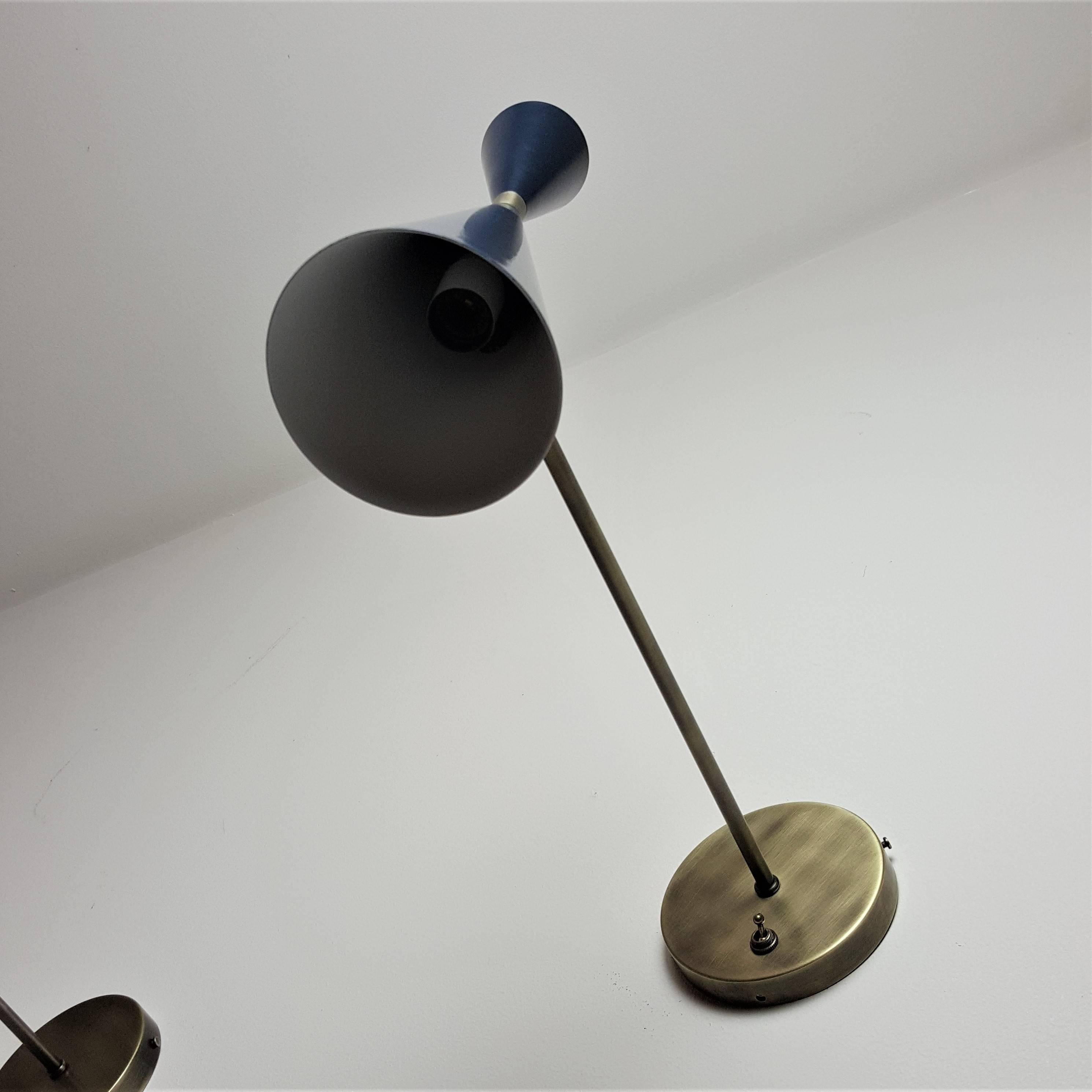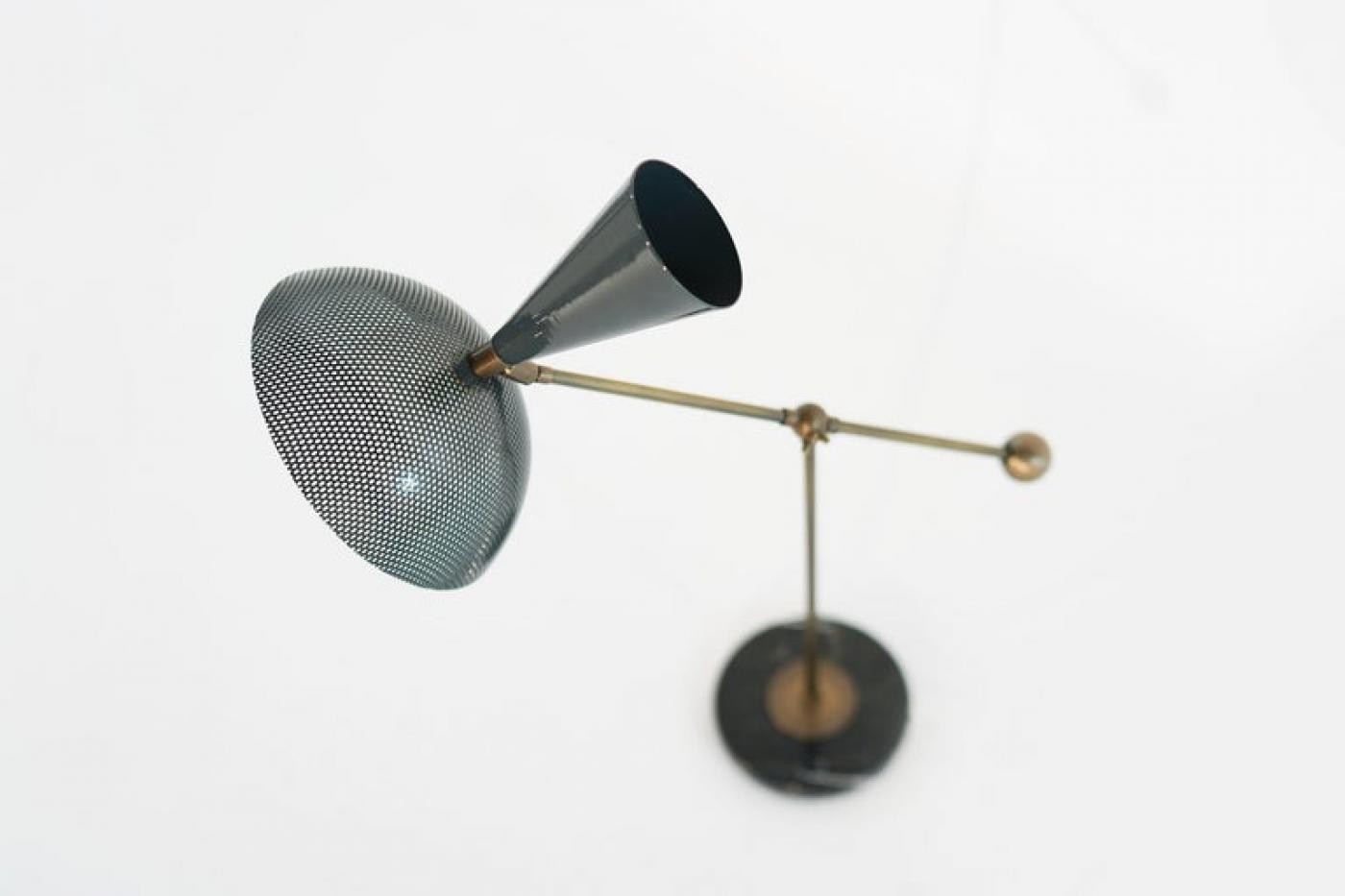

“We’ve known some of the pieces, but how they interact and work in unison is pretty marvelous.

“This is the first time we’ve ever seen the entire structure of the phytochrome,” said Sethe Burgie, research scientist in biology at Washington University and co-first author of the study. Previous research on only a small piece of PhyB provided a truncated snapshot rather than a detailed rendering of the entire molecule. Understanding the shape of PhyB is important because its structure directly impacts how PhyB interacts with other molecules to communicate shifts in light conditions and to help plants adapt by driving changes in gene expression. “Our new structure sheds light onto how PhyB works and has potential for a host of applications in agriculture, renewable energy and even in cellular imaging,” Li said. “Photoreceptors, such as PhyB, help plants sense and respond to the world around them by influencing life-sustaining processes such as shade avoidance, seed germination, determination of flowering time and development of chloroplasts, which convert light into usable energy,” said Huilin Li of VAI, co-corresponding author of the study. And that they likely work in a wholly unexpected way.”Īrabidopsis thaliana (Image: Shutterstock) “We learned that plant phytochromes are topologically complex, asymmetric and look nothing like their microbial relatives. “The PhyB structure that we uncovered in this study tells us something that we never expected,” Vierstra said. “Plant phytochromes are amazing molecular machines that perceive light and temperature through very specific conformational changes,” said Richard Vierstra, the George and Charmaine Mallinckrodt Professor of Biology in Arts & Sciences at Washington University and co-corresponding author of the study. The findings, published March 30 in Nature, have many implications for agricultural and “green” bioengineering practices. Louis and the Van Andel Institute (VAI) have determined the molecular structure of one of these vital photoreceptors - for an isoform known as phytochrome B or PhyB - revealing a wholly different structure than previously known. Now, scientists at Washington University in St. But even though they were identified 70 years ago - and they are important for many aspects of plant growth and development critical to agriculture - it has remained unclear how phytochromes work. They sense red and far-red light as well as temperature.

Phytochromes are one of the main collections of photoreceptors.


 0 kommentar(er)
0 kommentar(er)
